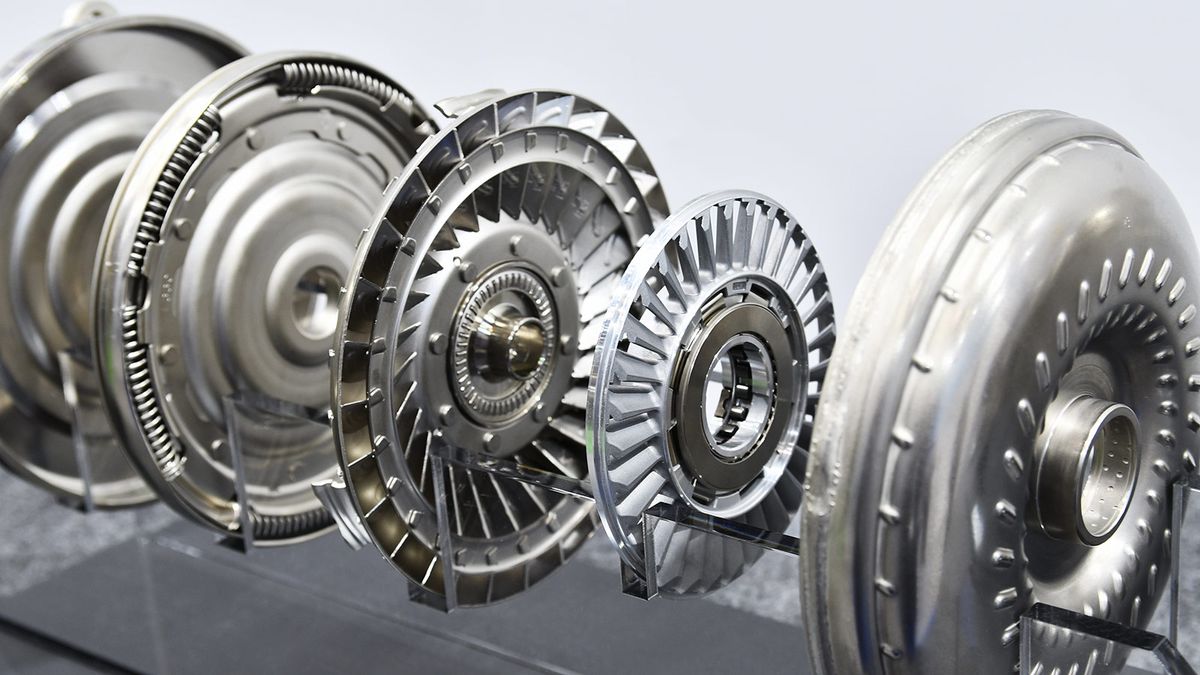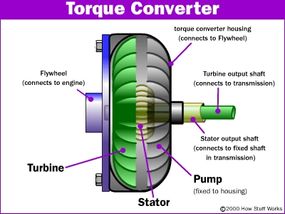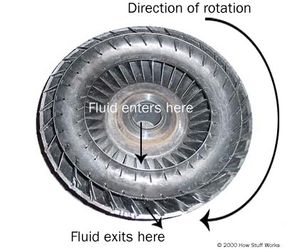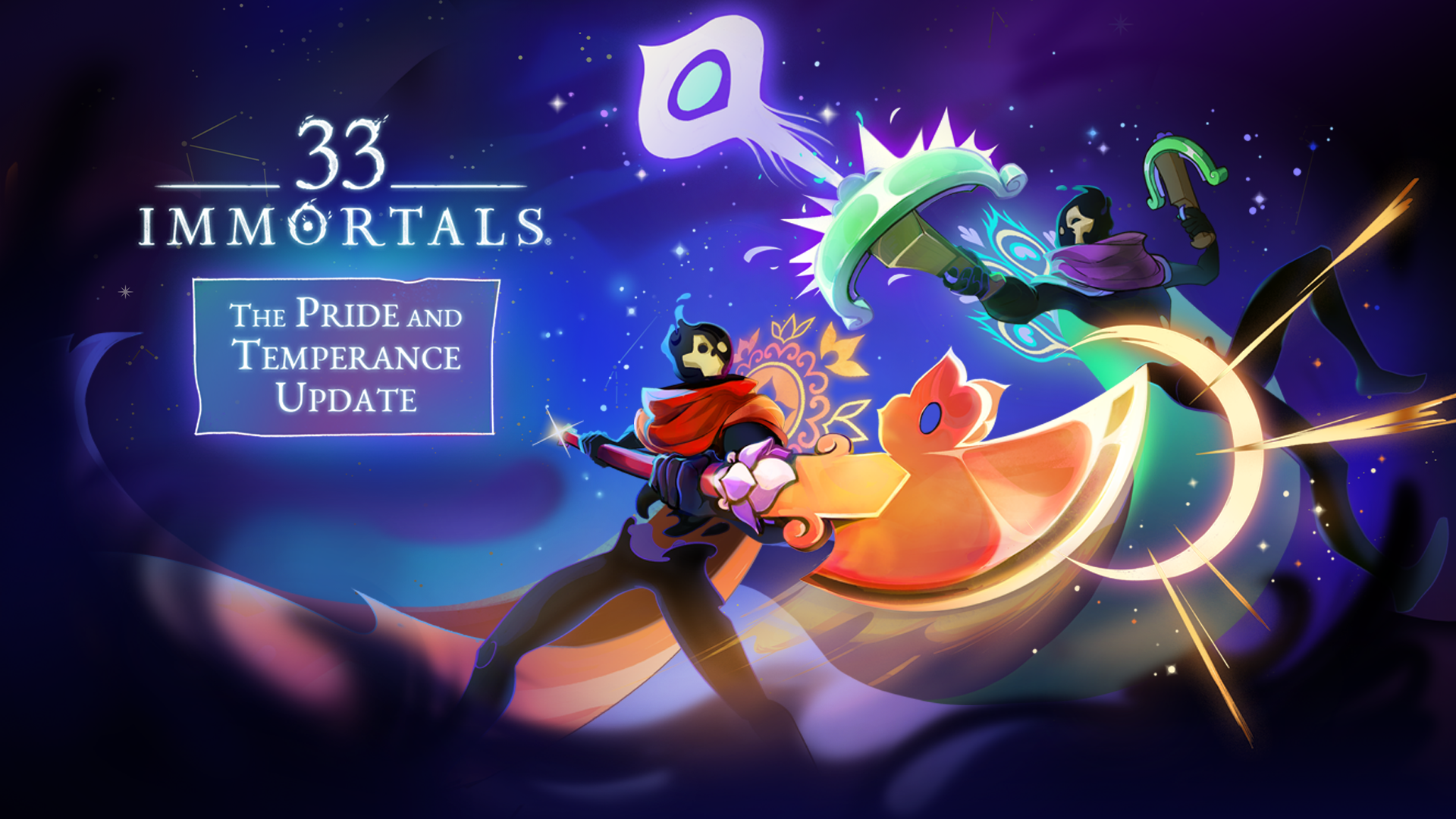
There are four components inside the very strong housing of the torque converter:
- impeller
- turbine
- stator
- transmission fluid
The housing of the torque converter is bolted to the flywheel of the engine, so it turns at whatever speed the engine is running at. The fins that make up the pump of the torque converter are attached to the housing, so they also turn at the same speed as the engine. The cutaway below shows how everything is connected inside the torque converter.

HowStuffWorks
The impeller inside a torque converter is a type of centrifugal pump. As it spins, fluid is flung to the outside, much as the spin cycle of a washing machine flings water and clothes to the outside of the wash tub. As fluid is flung to the outside, a vacuum is created that draws more fluid in at the center.

HowStuffWorks
The fluid then enters the blades of the turbine, which is connected to the transmission. The turbine causes the transmission to spin, sending power through shafts, differentials, and out to the driving wheels. You can see in the graphic at left that the blades of the turbine are curved. This means that the fluid, which enters the turbine from the outside, has to change direction before it exits the center of the turbine. It is this directional change that causes the turbine to spin.
In order to change the direction of a moving object, you must apply a force to that object — it doesn’t matter if the object is a car or a drop of fluid. And whatever applies the force that causes the object to turn must also feel that force, but in the opposite direction. So, as the turbine causes the fluid to change direction, the fluid causes the turbine to spin.
The fluid exits the turbine at the center, moving in a different direction than when it entered. The fluid exits the turbine moving opposite the direction that the pump (and engine) are turning. If the fluid were allowed to hit the pump, it would slow the engine down, wasting power. This is why a torque converter has a stator.
We’ll take a closer look at the stator in the next section.






